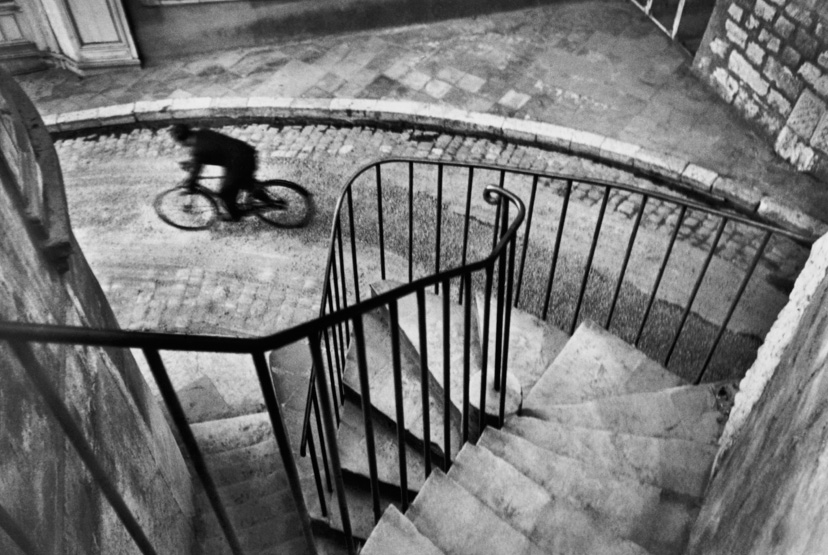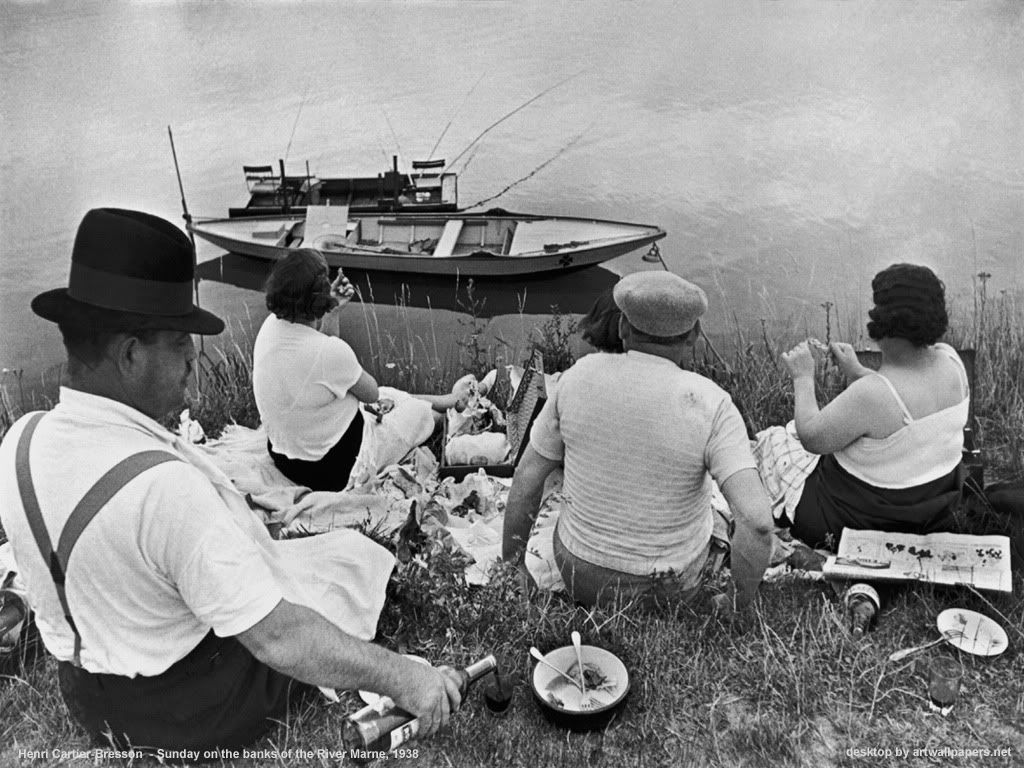Before I get to that though, let me remind you of the IBO's requirements for art sketchbooks (or as they call them: investigative workbooks):
- pages need to be 8.5" x 11"
- include equal parts writing to drawing or other original artwork
- cite all references and images you use (eg: books, websites, magazines, etc)
- depending on your stream of IB art, sketchbooks will be worth either 40% or 60% of your final mark (make sure you know which stream you are in!)
- include pages numbers and dates
Ask your teacher for any other pertinent information that he/she might want you to include
Maybe you don't even know what to put in your sketchbook, at first you can try framing each entry in one of the following four ways:
1. Personal Art Based Entry:
- start by drawing/painting anything you like
- then analyze why you like it and why you don't (eg: I like the colour and subject but it could use more texture) and what you can do to further the art in the studio
- research ways to implement any of those changes
- reference where you got your inspiration (and possibly include pictures)
- mention how it connects to your theme, your society, your school work or yourself
2. Experience Based Entry:
- start by writing down what your experience was (art gallery, movie, book, a walk you took, travels, etc)
- include photos of the art or images you saw in the gallery or a movie-still and discuss what you like about them
- analyze how this connects to your theme and art you've completed so far
- discuss how the experience might influence the directionality you might take on your next piece of artwork
- include preliminary sketches for this possible pieces of artwork
3. Progress Based Entry
- use your sketchbook as a template to help plan, execute and reflect on pieces of art you have completed
- write down initial ideas/edits to those ideas and include preliminary sketches and photos of work that inspire you
- connect the purpose of creating this particular piece of work to your studies, travels, society and own aspirations
- take photos of how your work progresses and make notes
- include a final photo of your work and reflect on changes you made to your original idea and how it relates to your theme
4. Entry on a Mentor
- choose an artist who inspires you and include some images of their work
- write up a short biography on the artist
- start making sketches using inspiration from that artist as well as your own techniques and style
- discuss how to incorporate what you like about their art into your theme
So without further ado, here are some good tips (that I might or might not always put into practice myself):
- again, focus on doing equal parts writing to artwork
- make everything you write personal; connect your art and inspirations to your society, its culture and history and (of course) your theme
- attack your work from different points in time; write about a piece of art before you start creating, during the time you're working on it and after you are finished
- discuss anything you like in the world of art, including particular mediums, movements and periods (and try to connect it to yourself and your theme)
- use your sketchbook as a way to branch out and explore things you normally wouldn't, not all your preliminary research and sketches need to lead to a finished piece of work
- you can always go back to a couple of core topics to discuss: mood, medium used, composition, content and format
In closing, remember to have fun and use your sketchbook as place to plant you ideas and record their growth (and don't procrastinate for too long!) This week I have included two photos taken by Henri Cartier-Bresson, a French photographer who helped introduce modern photojournalism.
 Hyeres, France 1932
Hyeres, France 1932 Picnic on the Banks of the Marne, France
Picnic on the Banks of the Marne, France To learn more, I recommend you visit:
http://erickimphotography.com/
- Clare
No comments:
Post a Comment